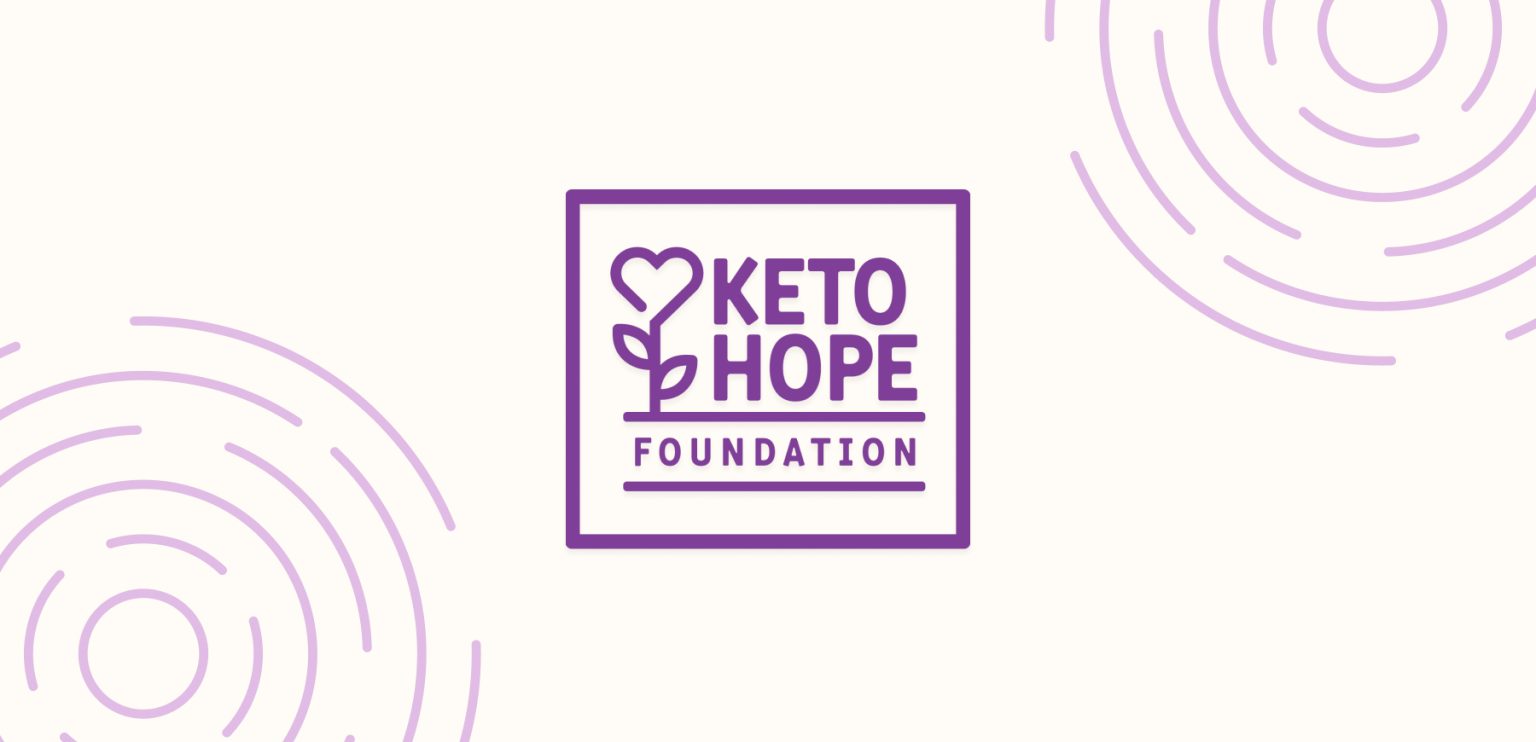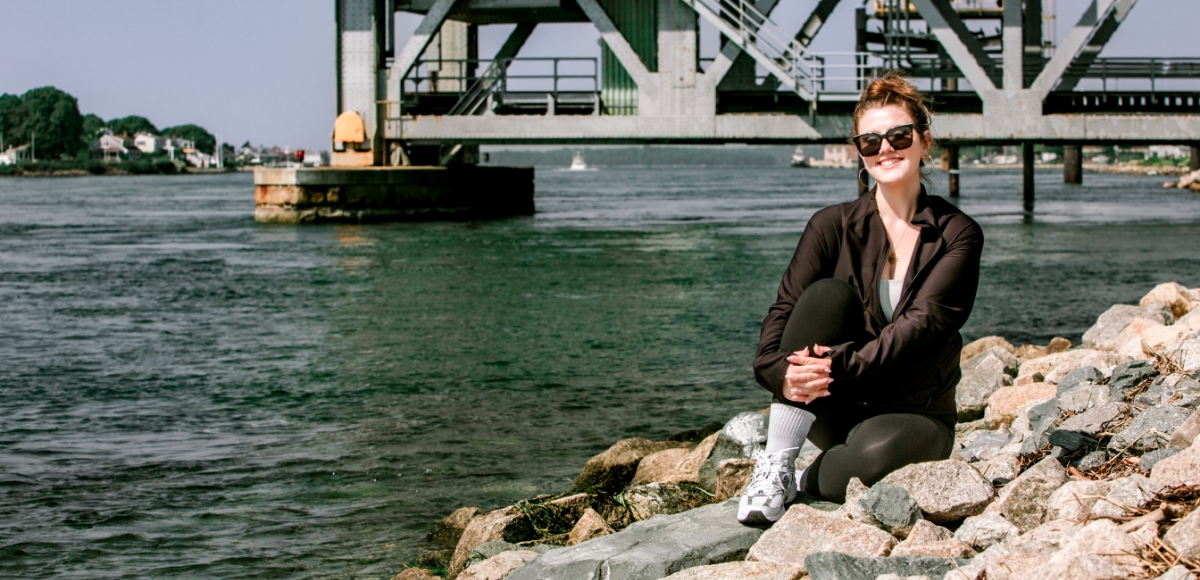guest post by eliisa tennant, community marketing manager at cronometer
I got COVID-19. There. I said it.
Trust me, these words do not roll off my tongue easily. There is an element to this pandemic that I did not anticipate until I tested positive – and that was wrestling with the shame and guilt of contracting the virus.
I feel like I need to emphasize that I was taking the necessary steps to be safe and healthy; my bubble was small, I chose to work from home and I was super diligent about hand washing. But, when our little mountain town got a cluster of cases I was one of the 50+ residents that tested positive for the Coronavirus.
In my mind the experience is still associated mostly with negativity, but I thought I might be able to change that by sharing my experience of what happened on a physical level and what my Oura Ring detected; ever the true data nerd.
Identifying Illness With The Oura Ring
Technology is amazing.
I have gushed about my Oura Ring before and have loved it since the moment I got it through my job at Cronometer, but I fell even more in love with the ring – and it’s capabilities – when I became sick.
Earlier this year I received an email from Oura asking if I wanted to be part of a research study. There were mentions about the study in several different online communities about the potential for the tracker to pick up an illness because of the temperature and respiratory tracking. I was certainly intrigued – enough so to do some research about the study – but at the time I was feeling the healthiest I have ever been and I was diligently following lockdown recommendations so I didn’t delve too deeply.
I still didn’t participate in the study, but these are my biometrics throughout my illness.
2 Days Prior To Testing Positive
To be wholly transparent I don’t typically follow the guidelines Oura provides me daily through the biometric they call a Readiness Score. Rather, I pay attention to how I feel and usually engage in rigorous physical activity regardless of my temperature, sleep the night prior, heart rate or heart rate variability.
And so on Tuesday November 17th I went for my usual 8km run.

1 Day Prior To Testing Positive
On November 18th, 2020 my temperature fell back to within my normal range. My resting heart rate and heart rate variability were both up, but I attributed this to my run the day prior. It’s not atypical for my heart rate/HRV to be higher on a night I exercise.
Despite being urged to take it easy by my Oura ring, I once again went for my normal run. This was my slowest run I have ever recorded in my RunnerKepper app – I felt incredibly lethargic and every step I took felt like I was pushing through molasses.
By the end of the day I had developed a sporadic cough and was also contacted by a public health representative that one of our local restaurants had a confirmed case on the day I went there for lunch.
Maybe I was in denial, but I didn’t think there was any way I could’ve had COVID-19 at this point. Still, I made an appointment immediately to get tested and self-quarantined.

Day Of Getting Tested
In the years I had worn Oura I hadn’t seen this notification yet; faced with the message upon opening my app first thing in the morning, coupled with my potential contact with the virus I began to feel anxious about getting COVID-19.
I had a test booked at our local Public Health at 10:05am. I got the nasal swab – gosh, that sucked and went home to continue my quarantine. Even though I knew I had a low-grade fever I felt pretty good.

The Weeks Following
By November 20th my temperature returned to normal really quickly – maybe I didn’t have Covid!
I was still self-quarantining but was anticipating my results back within the allotted 48 hours.
The weekend came and I started to feel terrible, I still hadn’t heard back about my results, but I felt so sick. All I was doing was sleeping – my Total Sleep Time exceeded 10 hours on both November 21st and 22nd. I was listening to my body at this point and taking the need for rest very seriously.
On November 24th, days after I was supposed to hear back, I got a call from Public Health that I tested positive for COVID-19. I was shattered. On top of feeling the sickest I had in years I felt incredibly guilty for possibly putting friends and family in harms way before I knew I was even at risk. I faced so many questions – how would people I know react? How would I get food for the next few weeks with my parents being out of town? How could I stay inside my tiny apartment for the coming weeks ahead? Did I get anyone else sick? And what would happen if I did?
My chest, already feeling tight from the virus, constricted even more.
My bosses were so great, unbelievably supportive, kind and helpful. That assuaged some of the guilt I was feeling.
Telling other people was harder. Thankfully, I was only in contact with a few people in the days prior and I had kept that 6 foot invisible wall between us. It didn’t make it any easier to tell them I might’ve put them in danger. Truthfully, those were some incredibly difficult conversations.
Once I crossed the bridge of talking to people about my positive test I tried finding credible information on the internet about what I might be faced with. It was hard for me to take a breath in and I would be winded after the most mild activity (like washing the dishes). I am very active and have worked so diligently to maintain a high level of fitness; being faced with such shortness of breath was scary.
I found articles on the internet about COVID-19 “long-haulers” and wondered if everything I had worked for was going to be lost to lingering side effects from a virus we didn’t wholly understand.
I promised myself that I would continue tracking my diet in Cronometer – I had been for over two years – to hit all my nutrient targets to give my body the best chance at getting healthy.

Recovery
It took until November 30th for me to feel any kind of normal again. By that point the pain in my left lung that was plaguing me dissipated and I was feeling on the mend. Still not where I was, but better. Quarantine was driving me a little bonkers – but I used the time to binge watch some Netflix, read, and relax.
My Oura stats had completely normalized which gave me hope.
I am used to being on the go, go, go and running is as much a mental release as a physical one. I was missing my running route, the outdoors and human contact. There was an unwelcome voice in my head that wondered how my running performance would be with this giant set back and I wondered if I would ever regain the same level of fitness. I know that sounds dramatic – it is. But, at the time it felt like a legitimate concern.
One thing I didn’t have to worry about was weight gain and through that time I was happy I was so diligent about my nutrition tracking! Logging my food helped me stay mindful about how many calories I was consuming; my decreased activity from quarantine meant that I needed to consume less. This was important for me because I didn’t want to take steps backwards from my goals.
The lack of snowfall in this winter in Revelstoke has allowed me to maintain my running regime. I am so competitive with myself, always wanting to do better than I did before so I had to remind myself daily to ease back into it without expectation. I tried not to focus too much on my uber slow run times and instead be grateful I was running at all.
Last week I ran my fastest 7km ever. I was on top of the world! I came home and did a boogie.
Yesterday, even after a very active weekend, I beat that time by nearly a minute. I felt like my shoes were on fire! And still Oura is reporting optimal Resting Heart Rate, Recovery, Body Temp and more.

Wrapping Up
I am so grateful that I recovered – I know everyone isn’t as lucky and my heart hurts for them.
And I am so grateful that I had tools available to me that provided insights I never would’ve had otherwise.
I hope 2021 brings you unprecedented levels of health and happiness!
– Eliisa




